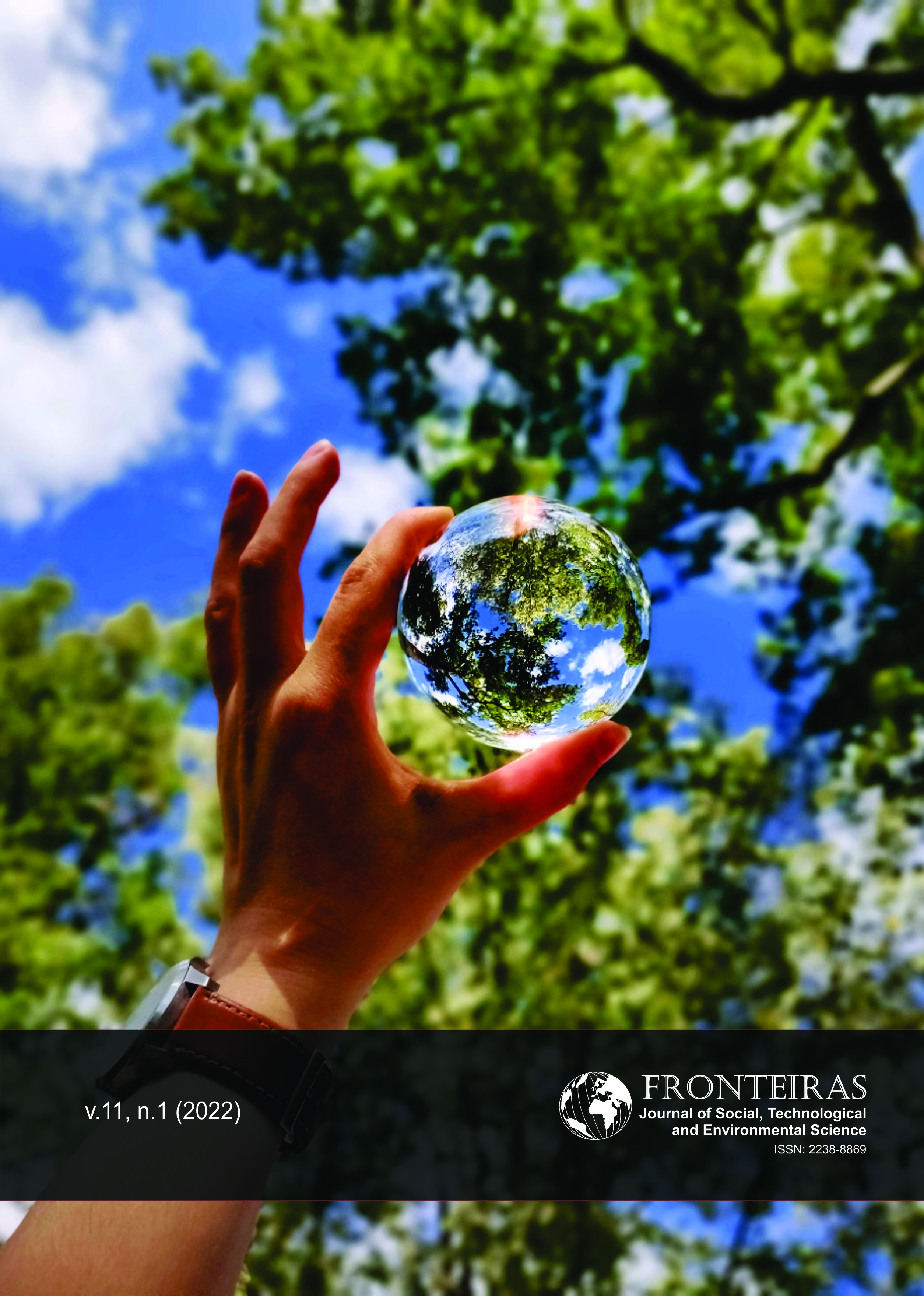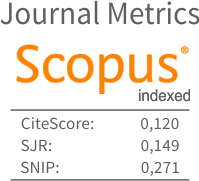Variación Morfológica en Semillas de 20 Especies Leñosas Nativas en un Bosque Seco Sudamericano
DOI:
https://doi.org/10.21664/2238-8869.2022v11i1.p54-59Palavras-chave:
adaptación de semillas, bosque seco tropical, dispersion de semillas, Ecuador, tamaño de semillasResumo
Los bosques secos constituyen fragmentos de alta diversidad biológica y cada vez está más amenazados por factores antrópicos. La falta de estudios en esos ecosistemas agrava más el problema. Conocer las estructuras de las plantas que podrían modular su actitud frente a diferentes condiciones ambientales y antrópicas es fundamental. El objetivo del presente trabajo fue identificar la diversidad de rasgos morfológicos de semillas de especies forestales distribuidas en un remanente de bosque seco ecuatoriano. La mayoría de las especies presentaron semillas ovaladas, redondas con testa dura, lisa y brillante. El tamaño pequeño identificado en las semillas sigue patrones similares a los encontrados en otros bosques secos de la región, a excepción del tipo de dispersión que fue diferente. Los rasgos encontrados en las semillas son importantes para su manejo y conservación, pero sobre todo para la sobrevivencia in situ a la hora de enfrentar futuras condiciones ambientales adversas en zonas áridas.
Referências
Duarte M, Prado de Paula S, De Lima Ferreira F, Nogueira A 2016. Morphological characterization of fruit, seed and seedling and germination of Hymenaea Courbaril L. (Fabaceae) ('Jatobá’). J Seed Sci 38(3):204-211.
Jara-Guerrero A, De la Cruz M, Méndez M 2011. Seed dispersal spectrum of woody species in south ecuadorian dry forests: environmental correlates and the effect of considering species abundance. Biotropica 43(6):722-730.
Laughlin D 2014. Applying trait-based models to achieve functional targets for theory-driven ecological restoration. Ecol Lett 17:771–784.
Morgan M, Shibu J 2013. Increasing seed germination of bursera graveolens, a promising tree for the restoration of tropical dry forests. Tree Planters’ Notes 56(1):74–83.
Romero-Saritama J, Pérez-Rúiz C 2016. Rasgos morfológicos regenerativos en una comunidad de especies leñosas en un bosque seco tropical tumbesino. Rev Biol Trop 64(02):859–73.
Romero-Saritama J 2018. Seed conservation: an alternative to store germplasm and recover threatened ecuadorian forests. Neotrop Biol Conserv 13(1):74–85.
Tropicos.org. [Base de datos de internet]. Missouri Botanical Garden. c2019 - [ consultado el 19 de mayo de 2019]. Disponible en: http://www.tropicos.org
Vaz T, Davide A, Rodrigues-Junior A, Nakamura A, Tonetti O, Da Silva E 2016. Swartzia langsdorffii Raddi: Morphophysiological traits of a recalcitrant seed dispersed during the dry season. Seed Sci Res 26(1):47-56.
Yildiz Tiryaki G, Cil A, Tiryaki I 2016. Revealing seed coat colour variation and their possible association with seed yield parameters in common vetch (Vicia sativa L.). Int J Agro 2016:1–10.
Downloads
Publicado
Como Citar
Edição
Seção
Licença
Esta revista oferece acesso livre imediato ao seu conteúdo, seguindo o princípio de que disponibilizar gratuitamente o conhecimento científico ao público proporciona maior democratização mundial do conhecimento.
A partir da publicação realizada na revista os autores possuem copyright e direitos de publicação de seus artigos sem restrições.
A Revista Fronteiras: Journal of Social, Technological and Environmental Science segue os preceitos legais da licença Creative Commons - Atribuição-NãoComercial 4.0 Internacional.


